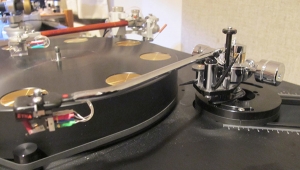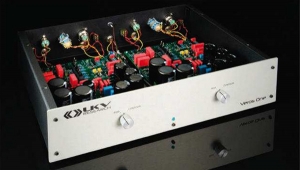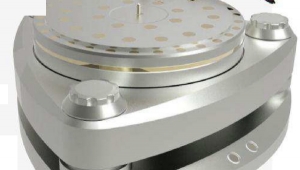| Columns Retired Columns & Blogs |
Dear Michael Fremer
My audio journey started about 15 years ago in a small Hi-Fi shop in Toulouse France.
The seller made a comparison between cd and vinyl record of a solo violin track, playing on focal utopias.
I remember clearly that the cd sounded wonderful… but the vinyl took the round sounding absolutely like the real deal. I am trying to reach to the the top of the pyramid using both digital and analog, still not sure who’s to reach first, but it’s clearly doesn’t matter, I’m enjoying both sources. It pains me to realise that the war of source also affect on personal level, so for a contra, thank you Michael for what you do and how you do it!










































